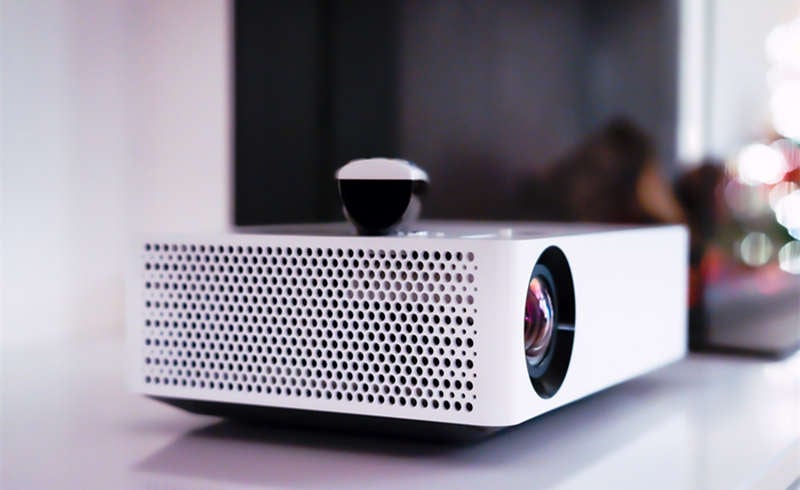

Many projector beginners may come across the same question: How to choose a good projector. This article will list the top 9 parameters helping you to choose a good projector.
Resolution can be viewed as the pixel dot on the picture of the projector. The more the pixels, the clearer the picture.


Please note that you need to check the standard resolution or native resolution of a projector, which is the real resolution of a projector. Don’t get trapped by compatible resolution.
The brightness unit is lumens. Currently, projector suppliers use ANSI lumens, IOS lumens, or lumens (LM) to label their projectors.
The widely recognized unit is ANSI lumens. The different unit represents different brightness level. You can use the Lumen Converter Tool to convert different units.
Throw ratio is the ratio of throw distance to the screen width. Throw Ratio = Throw Distance / Screen Width. The greater or bigger the figure of throw ratio, the farther the distance required for the same screen size.
The common throw ratio of a good home projector is a 1.2:1 projection ratio, which allows you to see a 100 inches screen at 2.6 meters.
If you have no idea of the exact screen size and throw distance, you can use the online projector calculator to relieve your tedious manual calculation.
Most projector will label their screen size range, which is a screen size range that the projector can project a clear image.
Common projectors have a recommended projection screen range of 50-150 inches. You can see it in the specification table of your potential projector.
There are three mainstream light sources for home and commercial projectors, LED, Laser, and high-pressure mercury lamps.
Among the three light sources, LED is poor in brightness but good in life span and price; Laser is expensive but does well in brightness and life span; high-pressure mercury lamp is cheap and bright but has poor performance in terms of life span, which requires repeated replacement of the lamp.
Most home projectors are equipped with LED as the light source. Some high-end and expensive projectors use the laser as the light source. Traditional projectors usually use high-pressure mercury lamps.
The three mainstream display technologies are 3LCD, DLP, and LCoS. Their features are listed as follows.
3LCD: good performance in color, good color reproduction.
DLP: quick response, long life, and small size.
LCoS: better color performance and contrast.
Keystone correction is a key function for projectors, especially for side projections.
Many projectors support keystone correction with four-direction or various angles.
Some smart home projectors even support auto-correction while some portable projectors and traditional projectors only support manual correction.
Screen mirrors, various interfaces, Wi-Fi, Bluetooth, and autofocus are the competing features of present flagship projectors.
If you want a smart projector that can play and support various connections, such as, mobile phones, laptops, PS4, and other external devices, you have to check these smart features.
Many projectors have fans for heat dissipation, but different projectors have different noises. If you want to have a quiet and pleasant viewing experience, you can choose a projector with low noise below 30dB.
That’s all for the top 9 parameters when choosing a good projector. There are also some parameters working as a plus, such as low noise, stunning image technology, and a better speaker to make the projector better.
Related Posts
Projector Price|How Much Does a Projector Cost?
Top 10 Best Projector Brands in The World Market for 2022
ANSI to Lumens Calculator and 6 Common Projector Brightness Units
3LCD vs LCOS vs DLP Projector: Pros and Cons Introduction
Projector Buying Guide 2022